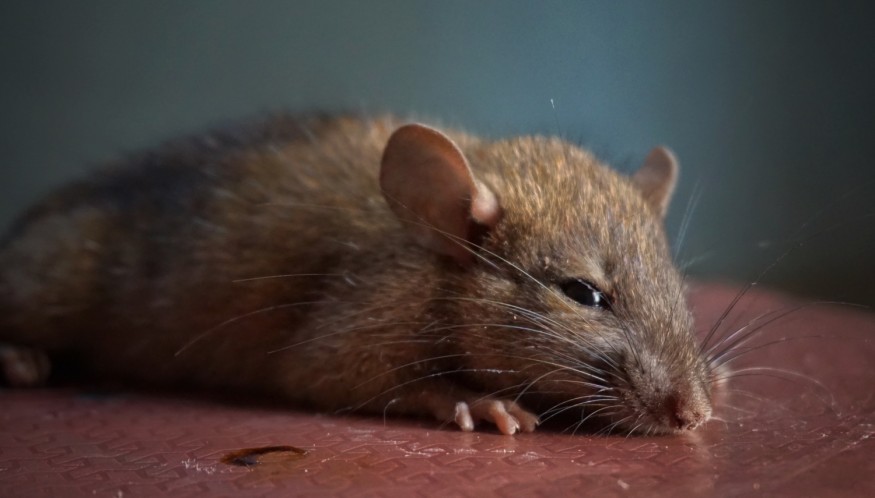De-extinction is the process of resurrecting species that have died out or gone extinct. This seems to have provided some people an opportunity to expand diversity of species and bring back animals which humans have driven away back to life.
De-extinction scientists set to bring an enormous, long-lost rat back to life after going extinct 120 years ago in a mass extinction event between 1899 and 1908, Newsweek reported.

Christmas Island rat (Rattus macleari) also known as the Maclear's rat is native and Australia and shimmied the nation before the early 1900s. The massive rodent is characterized by large teeth, powerful enough to feast on the island's red crabs. It had long, thick fur and black whiskers about three inches in length, and grows to around 1.5 feet from head to tail.
Scientists were able to recover 95 percent of its genome by comparing it to its living relative, the Norway brown rat, and hope that they could resurrect the lost species from there, according to ScienceNews.
It's a match!
The team compared the extinct rat's genes with the genome of the Norway brown rat and recovered as much as about 95 percent of the extinct genome, but this means that 5 percent were still missing.
To address this matter, the team used CRISPR technology to edit the DNA of the living species that don't match up with the identified parts of the extinct genomes. However, Tom Gilbert, from the University of Copenhagen and lead evolutionary geneticist on the project said that with the current technology, it may be completely impossible to ever recover the full sequence.
"Because of the combined problems of DNA degradation and evolutionary divergence, you'll never (through editing) be able to get back exactly what went extinct. We will have to accept they will be some kind of hybrid of the extinct form and the living relative," he said. "And then with that information at hand (especially if you run the analysis we did) you can then decide if it's worth your time/money/effort to create whatever you are working on."
Their findings are published in the journal Current Biology.
Evolutionary divergence
Gilbert compares the extinct species' genome to that of a shredded book. Theoretically, someone could reconstruct this book by scanning the fragments and comparing them with a reference, but the very same book won't be intact properly. "You can only bring back what you can find. And our point is we can't find everything," says Gilbert.
The reason why researchers chose the Christmas Island rat for analysis is because it diverged from its closest relative, the Norway brown rat (Rattus norvegicus), only around 2.6 million years ago. However, due to evolutionary divergence between the two species, most of that genetic information "was simply lost." Because of this same reason, the Christmas Island rat's chance at survival could also be hindered if it were released into its former habitat.
"By doing these kinds of analyses, which is not hard to do, you can at least come up with the what will you get, what will you not get, and you can use that to decide is it worth doing," Gilbert says.
© 2025 NatureWorldNews.com All rights reserved. Do not reproduce without permission.





